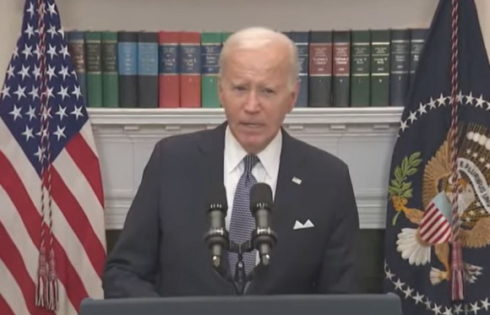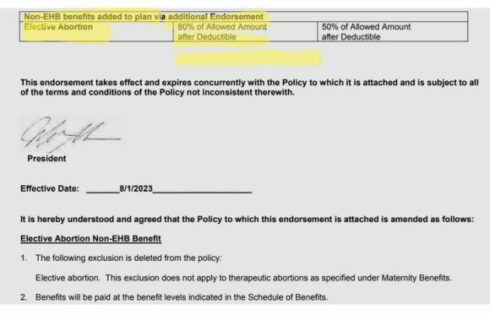
 Sexual assault laws, response protocols, and avenues for recourse are meant to serve one and exactly one purpose: to empower the powerless.
Sexual assault laws, response protocols, and avenues for recourse are meant to serve one and exactly one purpose: to empower the powerless.
Traditionally, in the realm of sexual harassment and assault policy, this meant the creation of a campus was safe for women. University policy towards sexual assault cases is driven largely by Title IX of the Civil Rights Act of 1964, which mandates that incidents of sexual assault or rape on campus be investigated thoroughly. No doubt the framers of this law thought it an effective bulwark against campus indifference or hostility towards credible rape and assault victims: in an earlier era I am sure there were cases of both.
But fast-fowarding to 2011, it is clear that sexual assault policy on college campuses, and in specific Stanford University, is no longer fair or just in its treatment of the accused, which effectively translates into discrimination against men.
Let us take as self-evident that men should not be assaulting women, and that attempting sexual contact with anyone—man or woman—while intoxicated or not in full command of one’s senses is a very bad idea. Recently, as reported by the Foundation for Individual Rights in Education (FIRE), when a male Stanford student did just that—he engaged in sexual contact with a partner as intoxicated as he—he probably had no idea of how costly that stupid mistake would prove to be.
Under Stanford’s bizarre system of imputation of guilt solely based on the fact that his partner could not “give consent” while intoxicated (never mind that he was also intoxicated and hence could not give consent either), this student was convicted by the Board on Judicial Affairs (BJA) of sexual assault.
That alone should give observers of Stanford’s justice system some pause.
But even if you accept the BJA verdict in this particular case, it is worthwhile to consider the unfairness of the justice system he was up against.
At Stanford, according to the guidelines offered on the university’s website, a student accused of sexual misconduct does not have the right to cross-examine his accuser—or any other witnesses in his case. He cannot offer exculpatory evidence on his behalf, but can only “request” that the university’s assigned “Investigator contacts individuals who are witnesses to an event” (and even then, the Investigator “is not obligated to meet with every individual proffered by the responding student.”). If acquitted by the campus judicial process, his accuser can appeal the acquittal. Even if the acquittal is upheld on appeal, he can still face what Stanford euphemistically terms “non-disciplinary actions,” including “removal from a position of trust or removing a student from housing.” In other words, the student is essentially a dead man walking as far as campus justice is concerned.
Under pressure from pushy radical feminists and interest groups, the Obama Administration has sided with this type of bizarre, unjust system. Dr. Russlyn Ali, head of the Office of Civil Rights at the Department of Education, essentially rewrote the standard for “due process protection” when determining the fate of the accused in a sexual misconduct case. Her recent 19 page letter to universities (accompanied with the omnipresent threat of losing federal funding in case of non-compliance) “suggests” that universities dismiss the notion that a conviction will result only from a determination of guilt “beyond a reasonable doubt.”
Instead, a student now will face expulsion if found guilty according to a “preponderance of the evidence” (50.1 percent) standard. So, all the Stanford BJA really has to do is round up enough “jurors” (students and campus community members who are almost never trained in the practice of law) that will hand down a guilty verdict. And as shown before, in this system, the accused really has no rights.
And if you had any doubt before about exactly what sociopolitical views and interest groups determine university policy regarding sexual misconduct, look no further than the materials used to train BJA jurors.
The Foundation for Individual Rights in Education has obtained some of the material that the university uses to train the student jurors (dubbed “reviewers”) who decide the fate of accused students at Stanford. One such item is Why Does He Do That: Inside the Minds of Angry and Controlling Men. The book’s author, Lundy Bancroft, is clearly not an impartial or objective commentator on this topic: he has frequently made extravagant claims with no proof. According to him, “at least one out of three American women will be a victim of violence by a husband or boyfriend at some point in her life.” He also claims that jurors should be “very, very cautious in accepting a man’s claim that he has been wrongly accused of abuse or violence. The great majority of allegations of abuse—though not all—are substantially accurate.”
I am no lawyer, but I am fairly certain that telling people the accused is probably guilty counts as “prejudicing the jury.” No evidence is given for the second assertion, and the first is an hodgepodge amalgamation of other statistics with no accurate citation.
With this nutty “training” routine for student reviewers and an extrajudicial system that effectively degenerates into a presumption of male guilt, Stanford is by no means acting in the interest of its students, male or female. It is allowing the pursuit of justice to devolve into a witch hunt. It’s time the students did something about it.
Vasant Ramachandran is a staff writer for the Stanford Review. He is a contributor to The College Fix.
Like The College Fix on Facebook / Follow us on Twitter




Please join the conversation about our stories on Facebook, Twitter, Instagram, Reddit, MeWe, Rumble, Gab, Minds and Gettr.